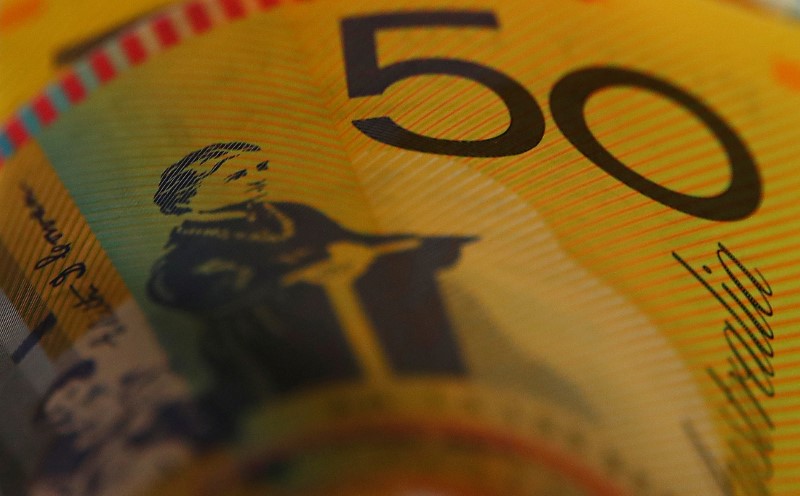By Wayne Cole
SYDNEY, March 20 (Reuters) - The Australian and New Zealand dollars slipped on Wednesday as bond yields extended their breakneck decline to multi-year lows amid speculation interest rates in both countries would have to be cut in coming months.
The drop in yields even overshadowed expectations the U.S. Federal Reserve would sound dovish at its policy meeting later on Wednesday. have rallied hard in the last couple of weeks amid soft economic data globally and strong investor demand.
Yields on Australian three-year notes AU3YT=RR have dived 23 basis points since the start of March to hit 1.485 percent, breaking under the 1.5 cash rate for the first time since late 2016.
The 10-year bond futures contract YTCc1 has surged 29 ticks to 98.0700 in little more than two weeks, taking it nearer to the all-time peak of 98.2000.
The shift mirrors the move in futures markets 0#YIB: , which have sharply narrowed the odds on a policy easing, in part because a slide in home prices is weighing on consumer spending.
Reserve Bank of Australia (RBA) Assistant Governor Michele Bullock on Wednesday argued the risks from housing were contained for now, though she also urged banks not to tighten their lending standards so much as to depress prices further.
The central bank is still counting on the labour market to stay resilient and lift wages and growth over time, heightening attention on the February employment report due on Thursday. forecasts are for a moderate 14,500 rise in jobs and a steady unemployment rate of 5.0 percent.
"The risk, however, is employment is below expectations because of the sharp slowdown in the economy in the second half of 2018," said Joseph Capurso, a senior currency strategist at CBA.
"Any sign of a rise in the unemployment rate will have the RBA on high alert and will weigh on the AUD."
Speculators were already selling the Aussie in anticipation, leaving it down 0.3 percent at $0.7065 AUD=D3 . It now has support around $0.7050 and the recent rough of $0.7003.
The kiwi dollar NZD=D3 followed to $0.6830, but stayed with support at $0.6809 and resistance around $0.6874.
The kiwi faces its own data hurdle from gross domestic product (GDP) on Thursday, where any downside surprise would further compress bond yields. Short-term yields NZ2YT=RR are already at their lowest on record.
Median forecasts are for growth of 0.6 percent in the December quarter, but uncertainty is high and estimates range from 0.3 percent to 1.0 percent. McColough, head of rates strategy at Westpac, is at the bottom end of that range.
"If our GDP forecast proves correct, the market response is very likely to be negative," he said, predicting a drop of at least 0.5 percent in the kiwi and a fall of 5 basis points in two-year swap rates. (Editing b Sam Holmes)
